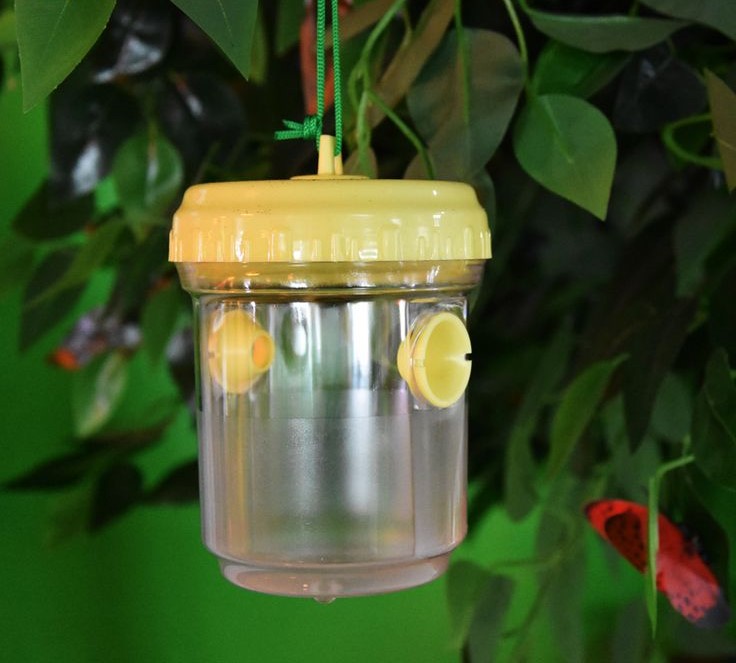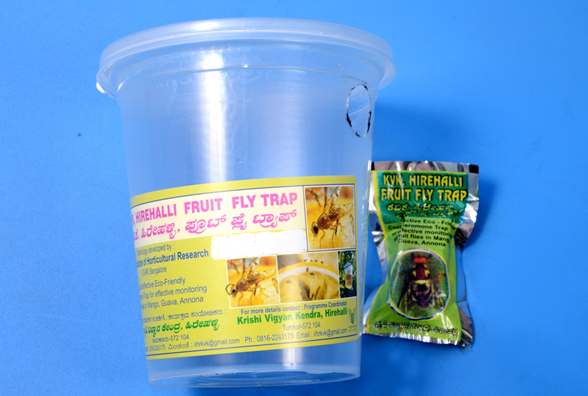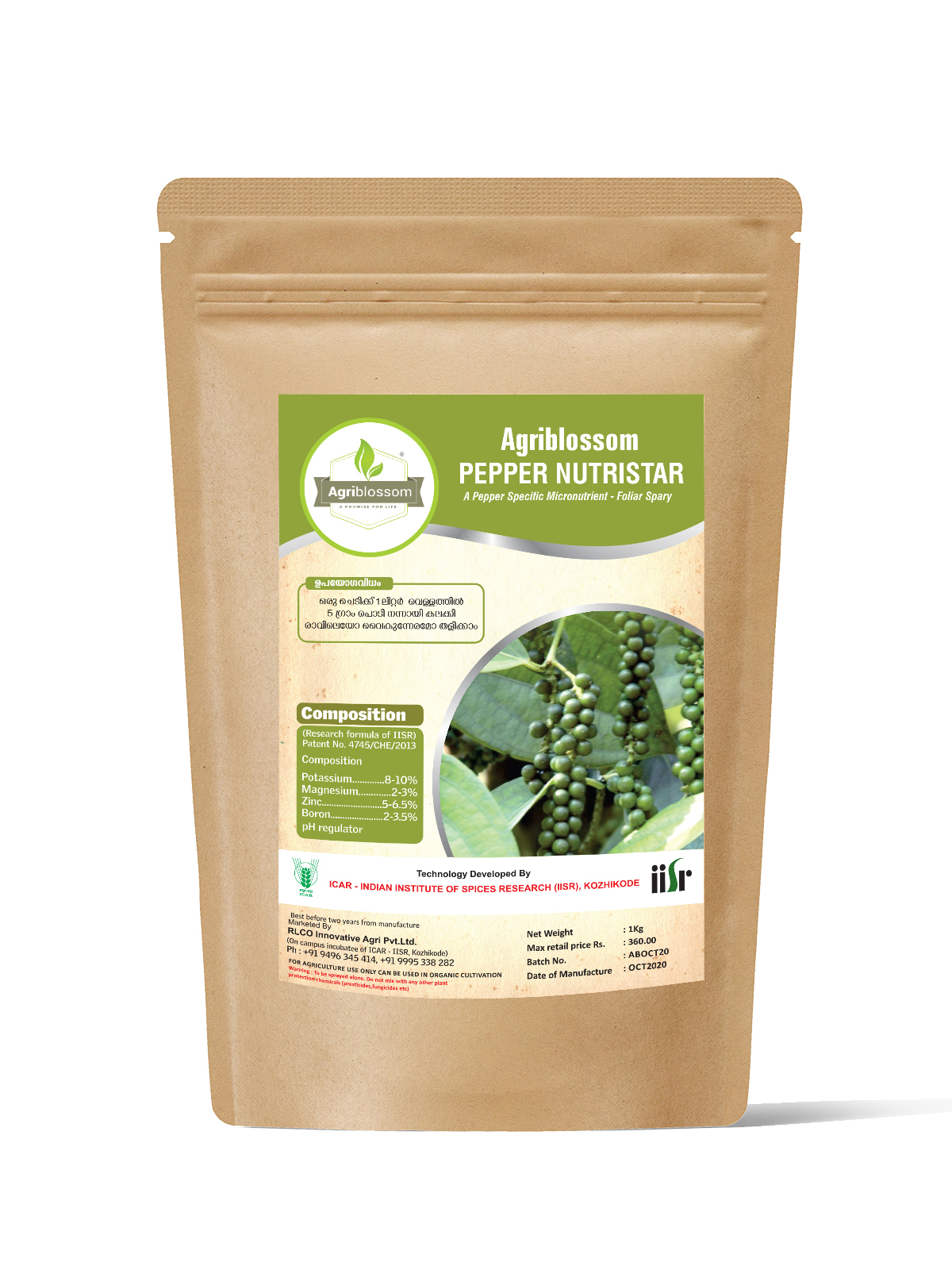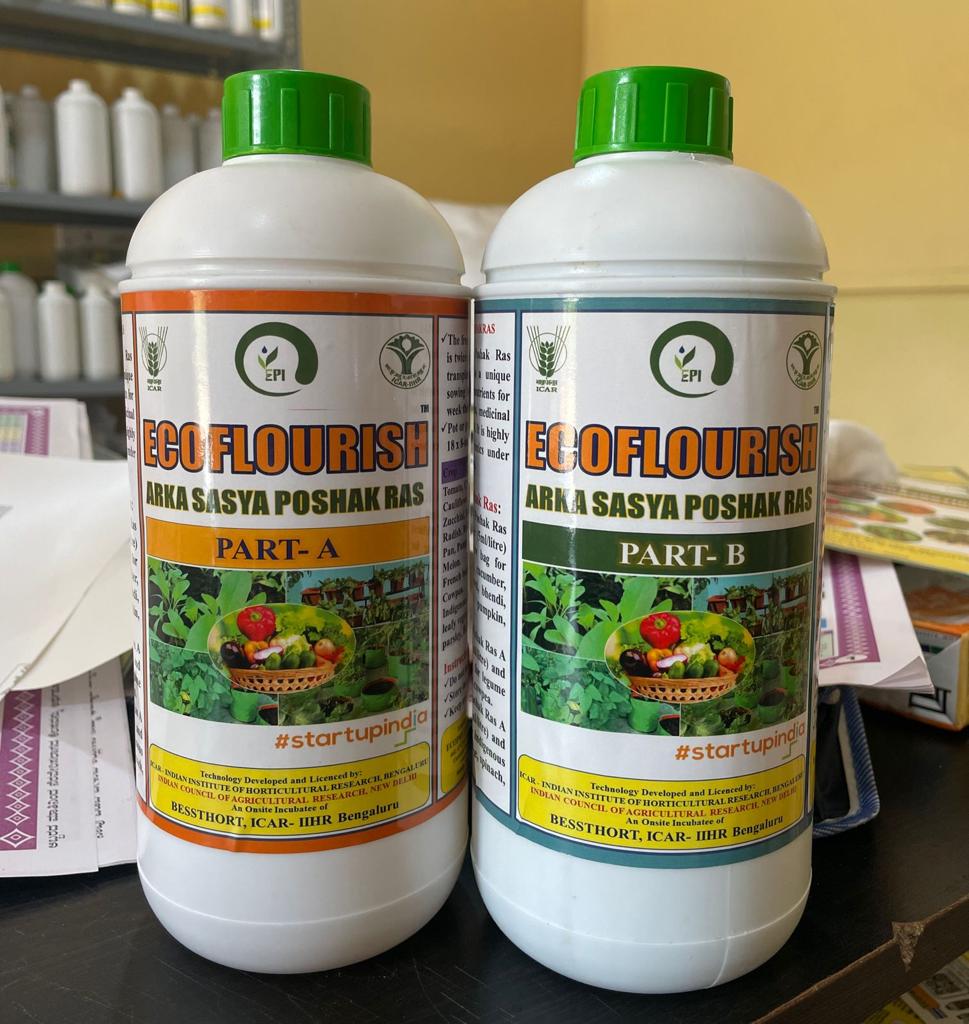Description
Pest infestation is one of the major constraints for agricultural production and productivity. Generally, pesticides are used for managing the insect pests that sometimes leave toxic residues in food commodities posing health hazards. Use of pheromone traps and lures ensure minimum and need based application of pesticides instead of prophylactic and calendar-based pesticide spray schedule. Insect pheromones are commercially exploited for monitoring the insect populations, mass trapping, and mating disruption and is one of the key components in Integrated Pest Management programme. Pest attracted American boll worm, spotted boll worm, pink boll worm, Diamond back moth, white grubs, Red beetle, Giant beetle etc Materials required Rubber septa (Pheromone lures), traps Small piece of wire for suspending the lures
Methodology
Cut the polythene sheets into required size (2ft. length X 4 inch wide) and make polythene arm. Close the bottom end of the arm with rubber band to prevent the escaping of trapped insects and to flush out them. Wrap and fit the other end of polythene arm with wider end of the funnel with the help of rubber band/wire. Keep the lid of funnel one inch above mouth of the funnel. Make a small hole to place septa/ lure. Fix the trap containing lure in the field with the help of bamboo sticks keeping the lure nearly one foot above the crop canopy. Field application Lures containing sex pheromones are placed into insect trap and erected in the field at a recommended spacing. The lure will release the sex pheromone at a constant rate over a period of 2-4 weeks. Male moths are attracted and while attempting for mating, fall into a container having pesticide. Thus the female moths in the field are deprived of successful mates and fail to reproduce or lay viable eggs. Caution while using pheromone traps
-
Always label the trap with detailed information of the species to be trapped and the date of fixing the lure
-
Change lure once in 15-20 days
-
Dispose properly the lure
-
Wash hands before/after handling baits
-
Remove all captured adults during each visit. Put live ones into a bucket with soap solution to drown
Read More here: TB No.67.pdf (icar.gov.in)







Reviews
There are no reviews yet.